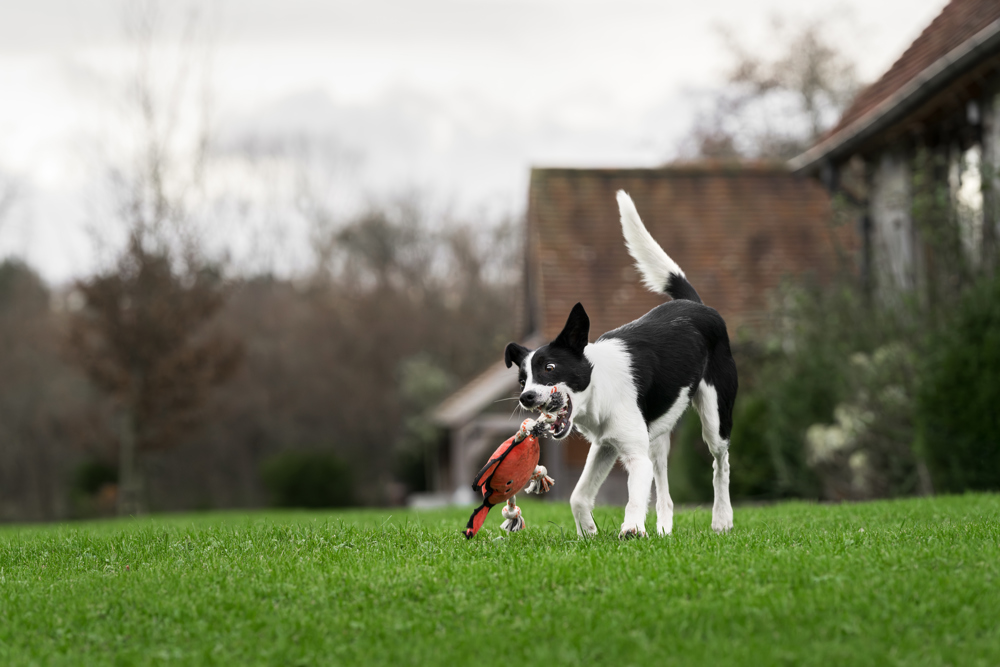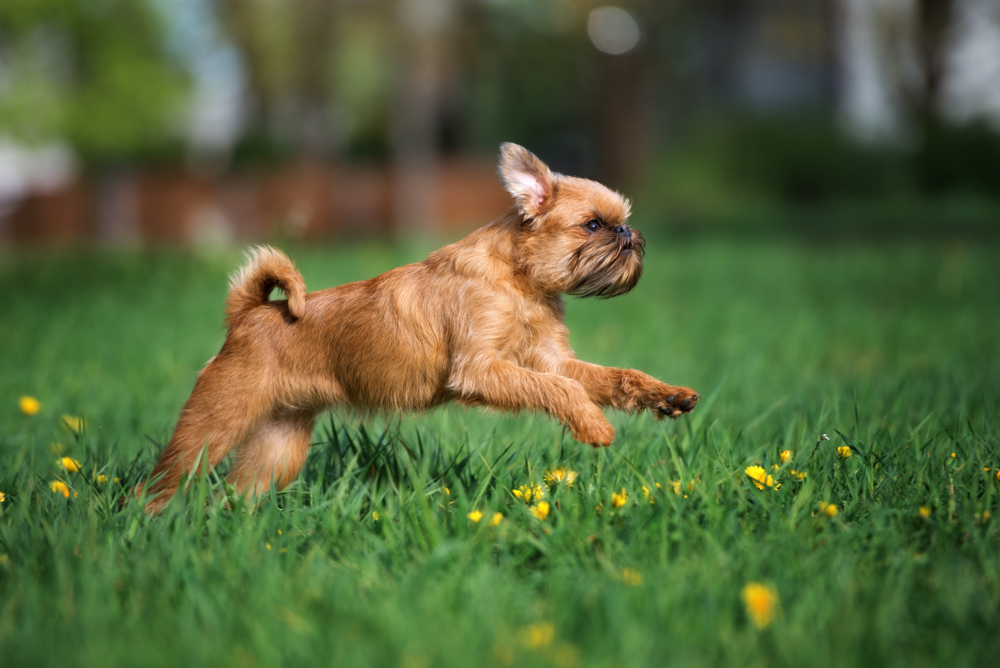
Whether it’s a place to dig, sniff, snooze, or play, your garden can be just as much of a haven for your dog as it is for you. With a little planning, it’s easy to design a space that suits your four-legged friend – while still looking great.
Here are six simple ways to turn your garden into a dog-friendly paradise:
1. Secure your space
Dogs are natural explorers – but your flower beds probably aren’t the best place for an adventure. Make sure your garden is escape-proof by checking fences for gaps or loose panels they could nose open. If there are areas you’d prefer to keep pet-free (like veg patches or delicate flowers), use fencing or natural hedging to keep things both stylish and secure.
Remember: dogs can dig under or jump over fences, so make sure yours is suitable for your dog’s size and energy levels – they can be quite the leapers!
2. Choose pet-safe plants
You can absolutely have a beautiful garden and a happy dog. Plenty of common plants are safe for pets, including:
- Rose bushes, sunflowers, calendula, camellias, cornflower, snapdragons, petunias
- Herbs like basil, mint, thyme, Lavender and rosemary
- Flowers including meadowsweet, pansies, wheatgrass, violas and marigolds.
- And pet-safe trees such as field maple, hornbeam and Japanese aralia.
Always double-check new plants before adding them and avoid anything known to be toxic to dogs, or your other household pets e.g. did you know that lilies can be incredibly toxic to cats? Common culprits include daffodils, foxglove, peonies, azalea, hydrangeas and rhododendrons.
If you're ever unsure about a particular plant, consult the ASPCA’s comprehensive list of toxic and non-toxic plants, or contact the Veterinary Poisons Information Service’s owner helpline if your dog has eaten something toxic in the garden.
3. Provide shade and water
In warmer months, pets need somewhere to cool off. Create shady spots using trees, shrubs, canopies, or shelters. Make sure your dog always has access to fresh, clean drinking water – and never leave them in direct sunlight for extended periods.

4. Add sensory enrichment
Dogs explore the world through their senses, so why not turn your garden into an enrichment haven?
- Plant scented, dog-safe herbs like lavender or rosemary.
- Include a mix of textures – from soft grass to sandy digging spots or pebbled paths (unless your dog is one of those that is partial to a stone or two!)
- Add shallow water features for cooling off and play on sunny days.
- Take it a step further with water features, dogs love to bite and chase the spray.
- Hide toys or treats around the garden for sniff-and-seek fun.
5. Keep harmful chemicals out of reach
Many common garden products – like slug pellets, weedkillers, rodenticides, and antifreeze – are highly toxic to dogs, even in small amounts.
✅ Use pet-safe alternatives where possible – always check the label
🔒 Store all chemicals securely out of reach
🚨 If your dog comes into contact with a chemical, contact your vet immediately – and bring the product or packaging to help with treatment
6. Watch out for slugs, snails – and lungworm
Wet Spring months often bring out more slugs and snails – and unfortunately, they can carry the dangerous lungworm parasite. Dogs may become infected by eating slugs or snails (intentionally or accidentally - some are so small that they are easy to miss!) while sniffing, playing, or drinking from puddles. Even contact with slime trails – on toys, water bowls – can be enough to cause infection.
To help protect your dog:
- Clean outdoor food and water bowls regularly
- Bring toys indoors when not in use.
- Speak to your vet about lungworm prevention.
With a little care, your garden can be a safe, happy space for you and your dog to enjoy together – all year round. 🌿🐾
